THE DEV DIARIES #3 - Dr. Reginald Bubo Bubo - Character animation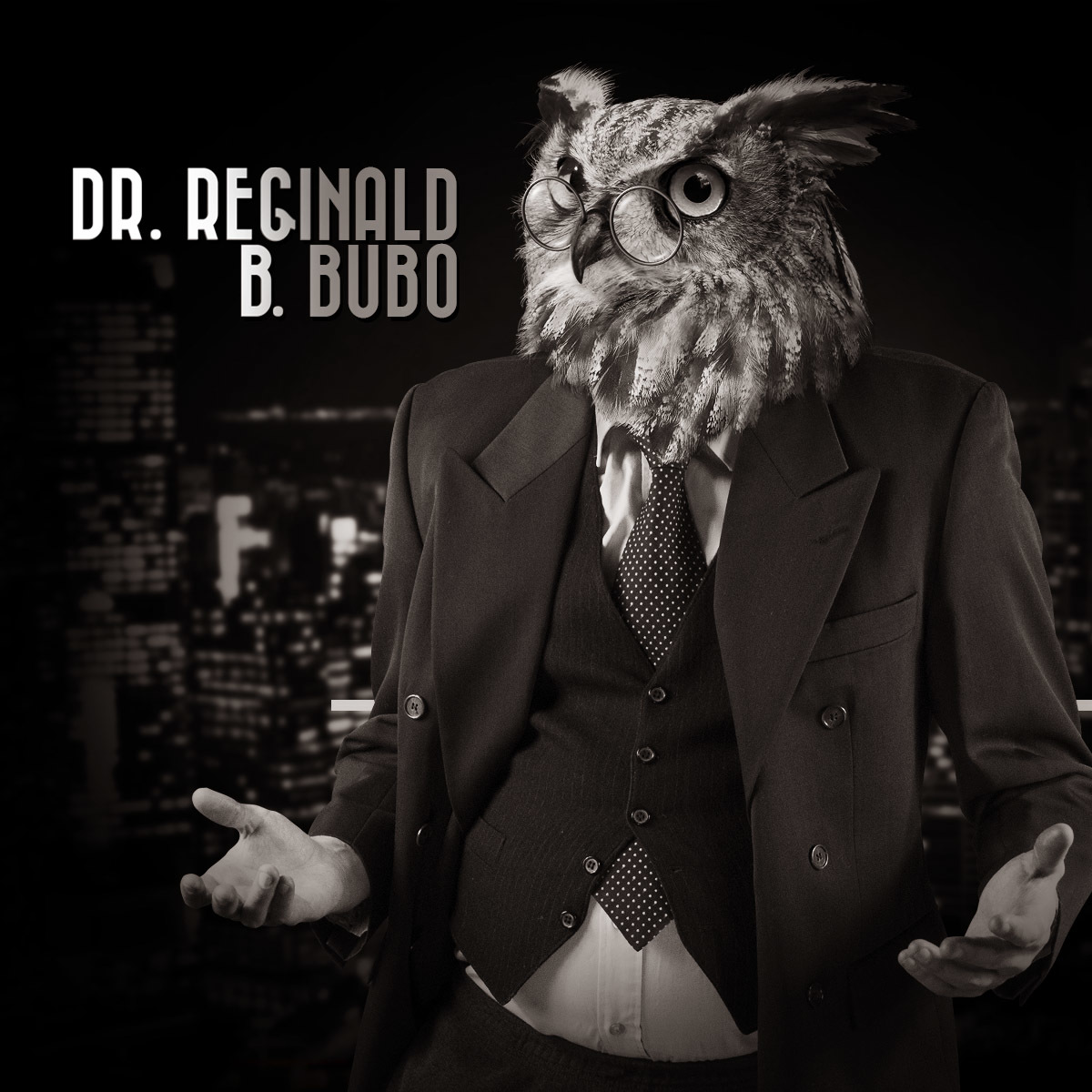
You've already seen how we create our characters in our previous dev blog so, this time we'd like to tell you about how they are came to life and set in motion.
Our 2D animator, Alex told us how he does it.
Say hello to Dr. Reginald B. Bubo:
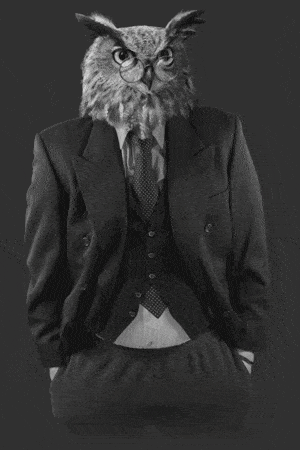
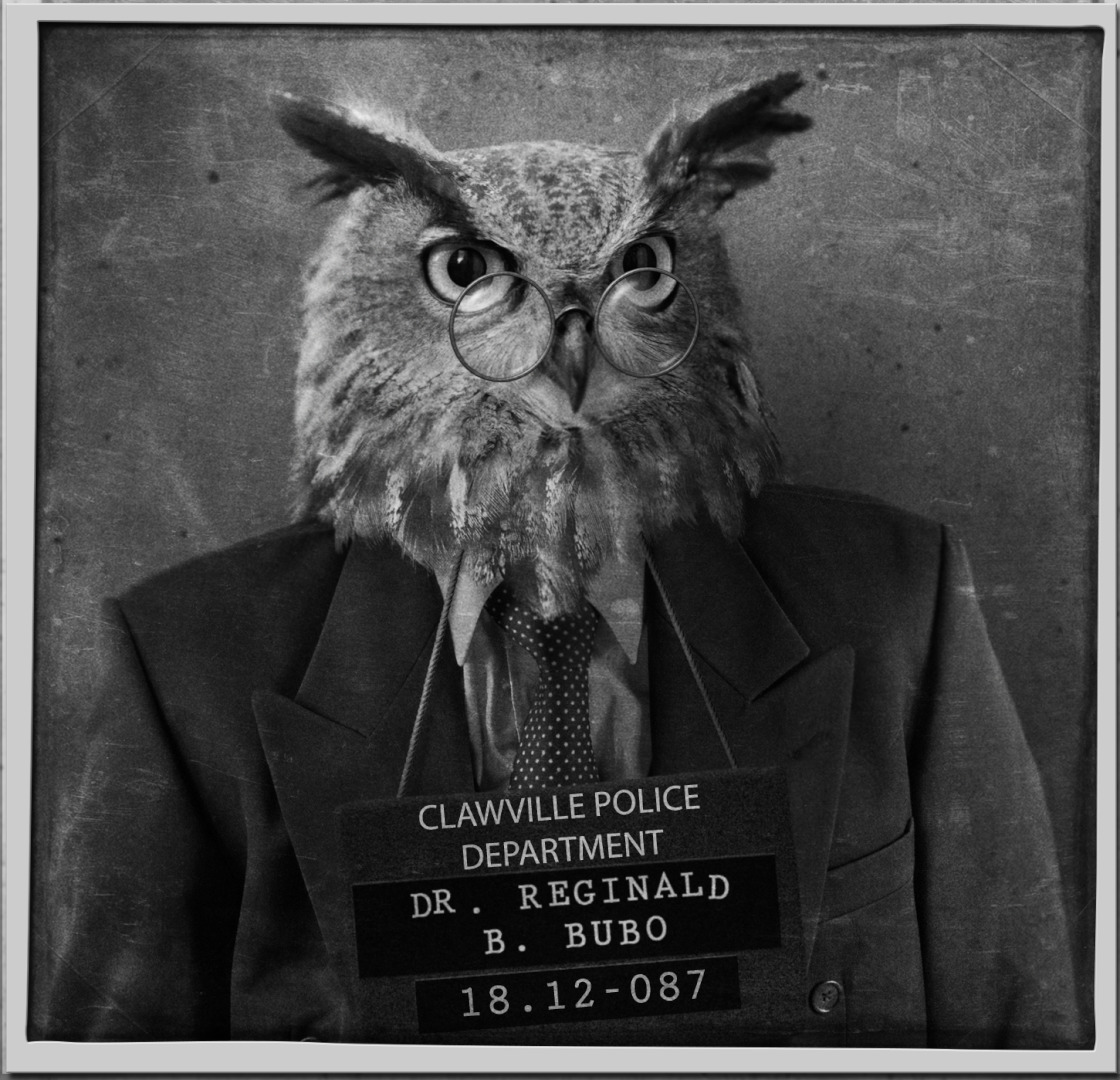
“Animation, in my opinion, is somewhere between the artistic and technical sides of game development. Your aim as an animator is to create appealing movement, but at the same time, you have to make sure that you are using the right tools. All of our characters are animated in-engine, which can be somewhat limiting at times, but it’s restrictions that really push your problem-solving skills.”
The first step towards a moving a character is the separation of its body parts. The amount of time required to complete a character’s texture sheet depends on the number and nature of poses involved.
Watch a sped up recording of Dr. Bubo’s “dissection:”
“Does a sharp edge work here, or should it be blurry? Where’s the pivot point of this specific part? After some practice, your brain adjusts to see where and how you have to cut to enable motion that doesn’t reveal that you are basically rotating sheets of paper on top of one another.”
- Alex
Painting is an essential skill for this task, as parts that were covered before the separation must be filled in to be viewable on their own - otherwise, you’d see double in some areas during the animation!
The whole process showcased above has to be repeated for each different pose, with little exception. Since we work with two views per character, heads only have to be taken apart twice. In some cases, we can get away with using parts from a previous pose as well, reducing the texture space required. It’s a game of finding the right balance between aesthetics and optimization.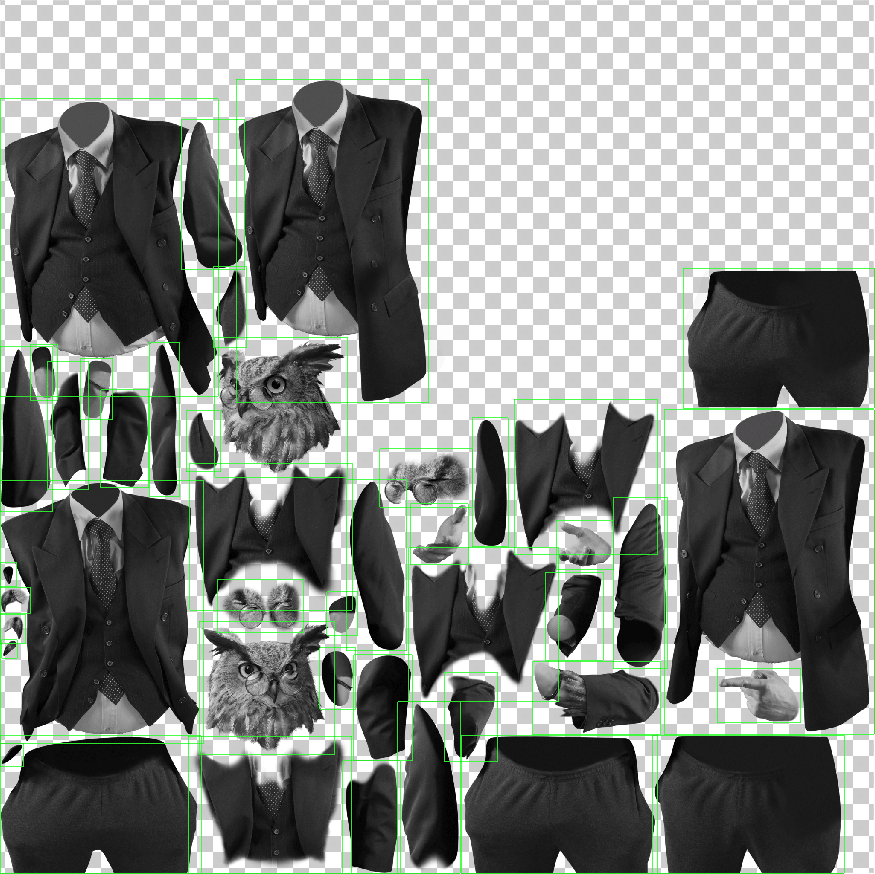
“Following the disassembly, the character is reassembled in-engine, and it’s ready to be animated! Being a ‘middleman’ between artist and programmer, I try to do a bit of everything: finding ways to enrich the visuals, writing tools to speed up processes wherever possible, experimenting with new techniques to help enhance the performance of the game etc.”
- Alex
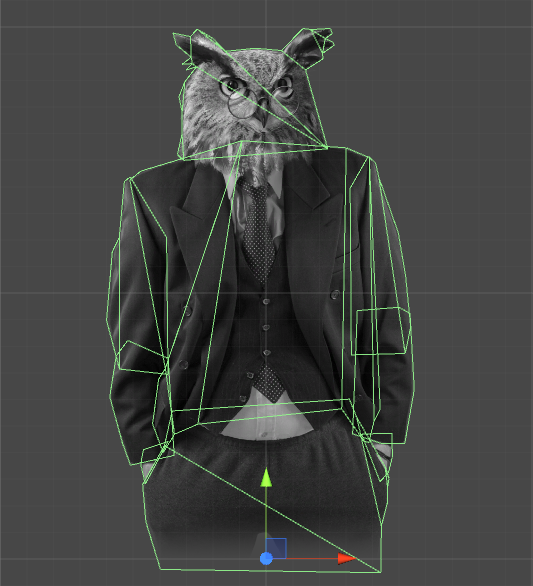
Alex uses Photoshop to prepare our characters for animation in Unity3D, a Wacom Intuos 5 Pro L (Touch) tablet to paint, and a vertical mouse to avoid wrist pain.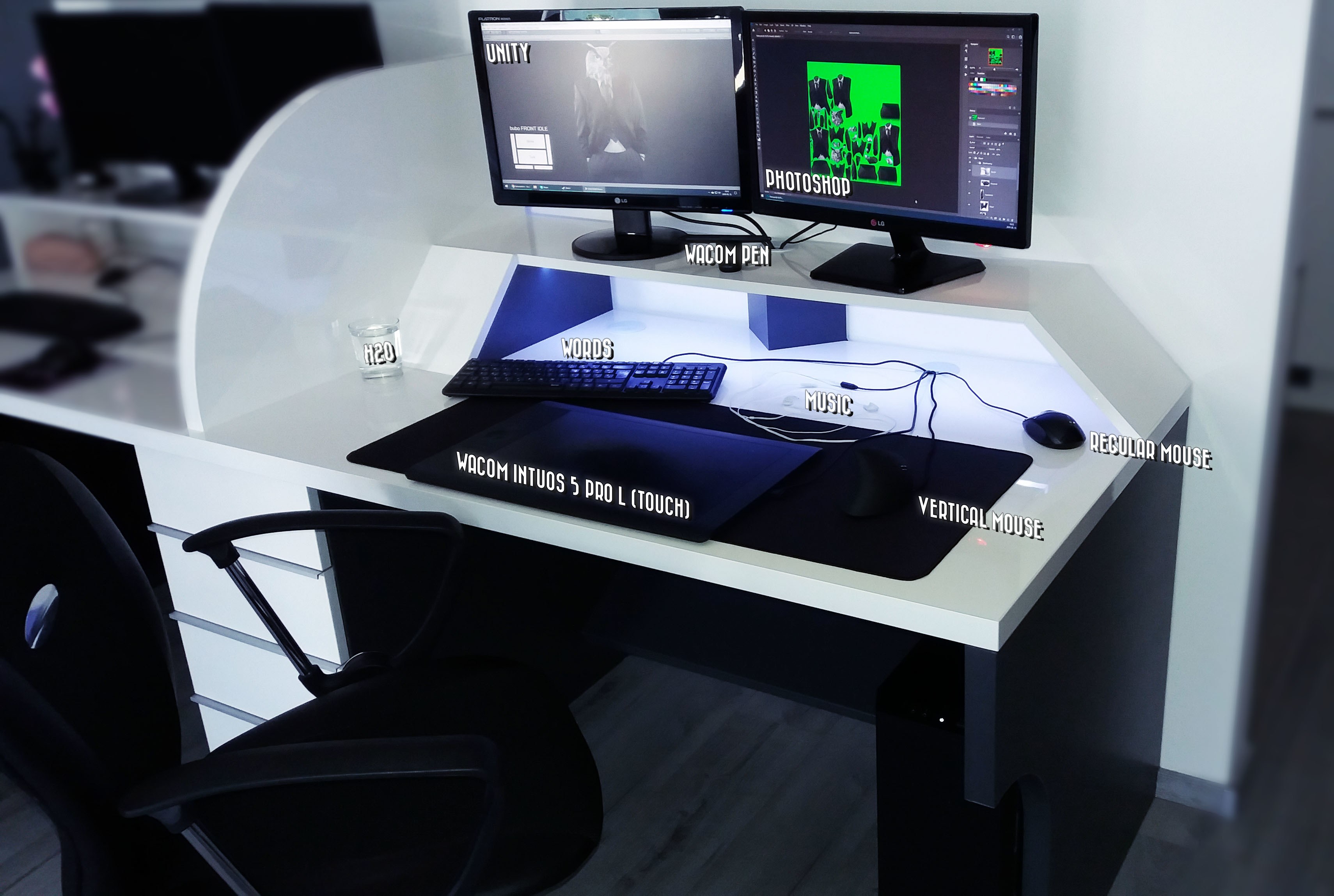
Thank you for reading our post. Every week, we will arrive with new, exciting blog posts from the making of Chicken Police, so it's worth following us.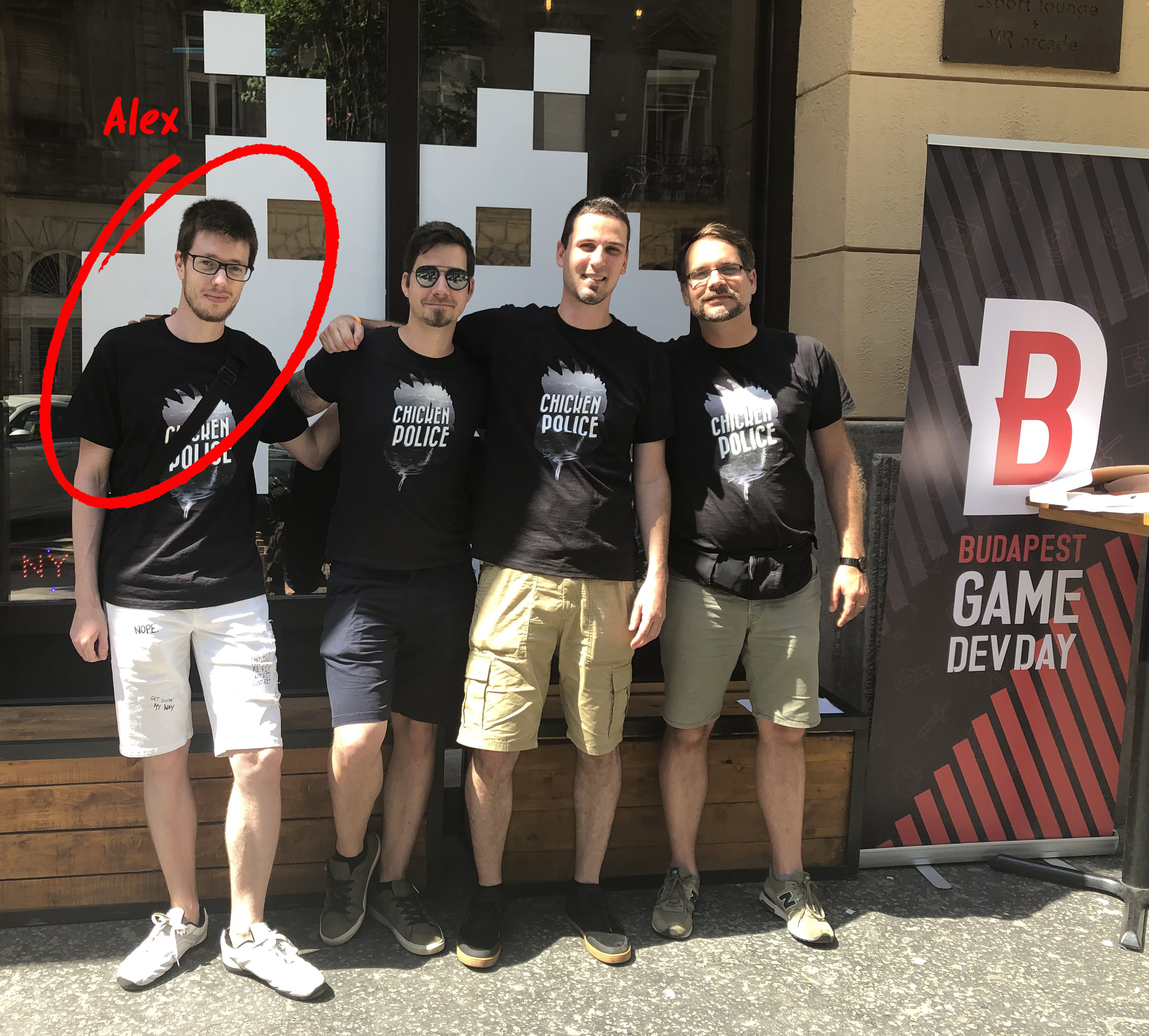
See you next time, folks!
And don't forget to Wishlist Chicken Police. ;)







well this is unusual
Nice! Wish you the best with your work! Jesus loves you! Youtube.com
A very interesting way of making characters good work!